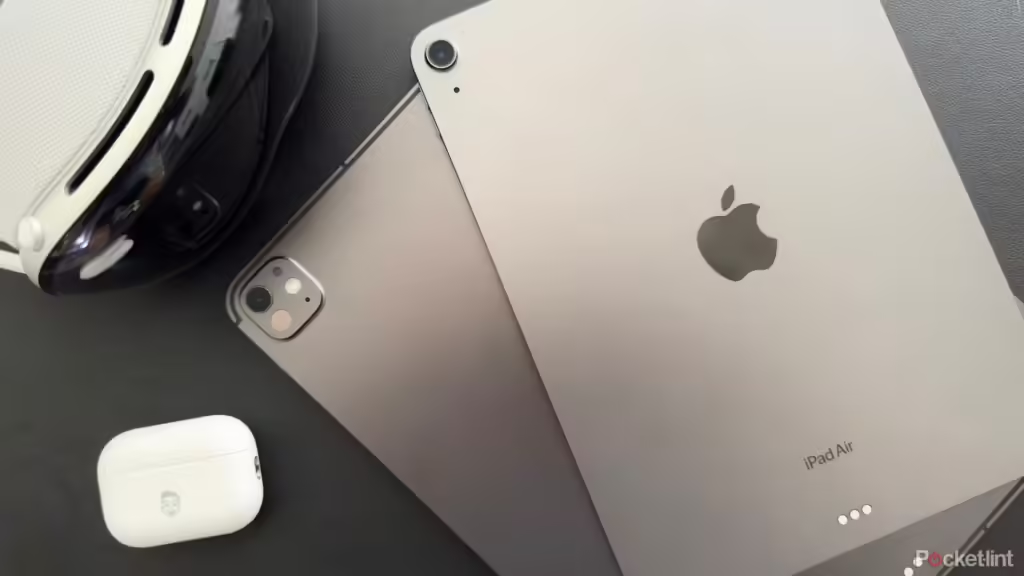Key Takeaways
- Although an iPad can physically last for many years, the battery is likely to lose significant capacity within five years.
- You’ll probably upgrade in 4-5 years to accommodate software features and apps.
- With a sturdy case and future-proof specifications, your iPad will last longer.
One of the ongoing problems of technology and our market-driven society is the upgrade cycle: the expectation that we have to drop hundreds or even thousands of dollars to replace something simply because an app has become more demanding or the old hardware just isn’t durable enough. Sure, a new phone, tablet, or computer often brings new experiences, but sometimes you just want something to work for as long as possible. And that’s natural.
Apple’s iPad lineup is a prime example of this dilemma. They can cost anywhere between $349 and $2,599 each, depending on the model and spec options you choose, but Apple typically releases new models every year or two. Given the upgrade cycle and the quality of Apple’s parts, how long can you expect a particular iPad to last?
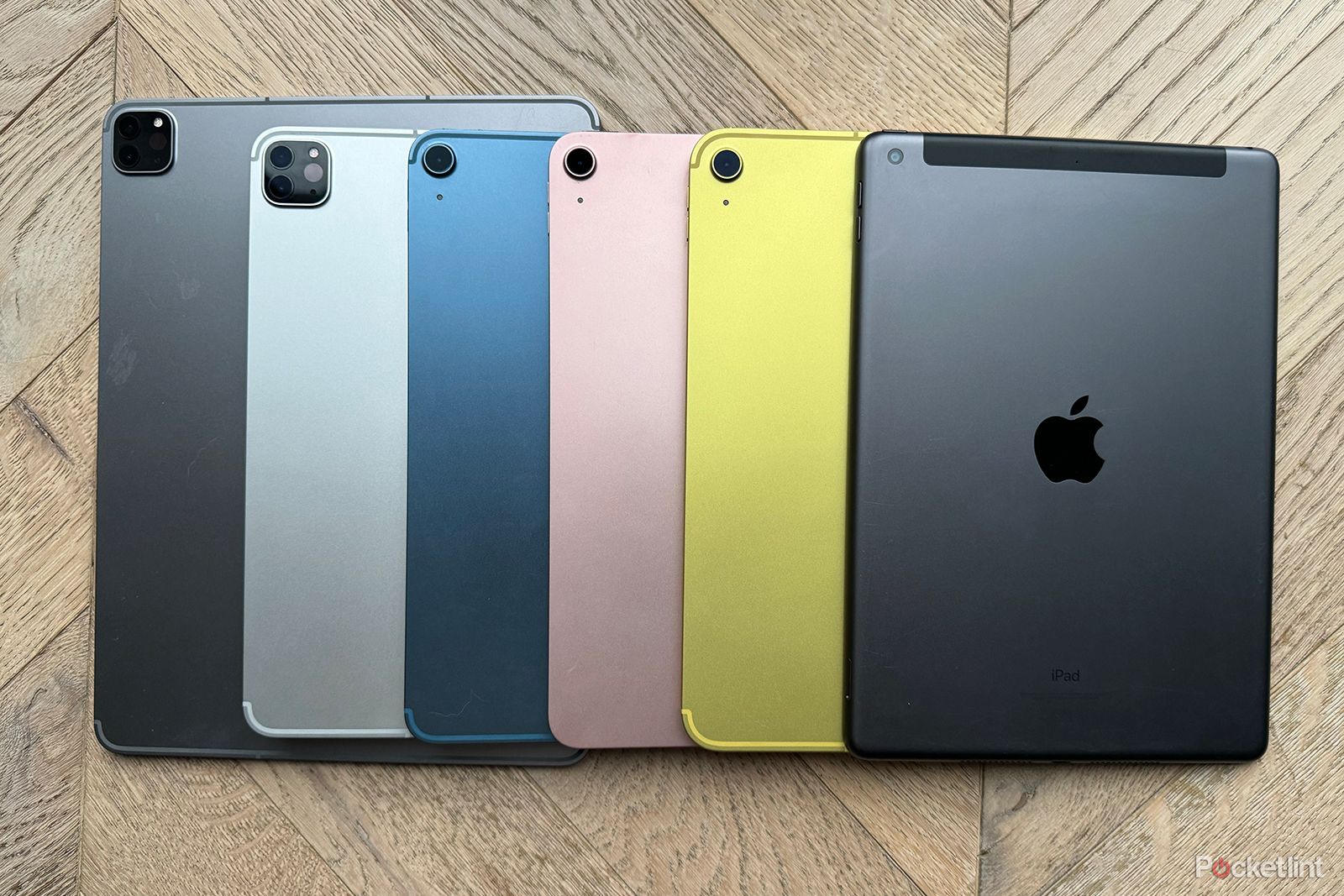
Related
Best iPad: Expert Reviews and Rankings
There are many different iPad models on the market, we analyze which version is best for you based on our tests.
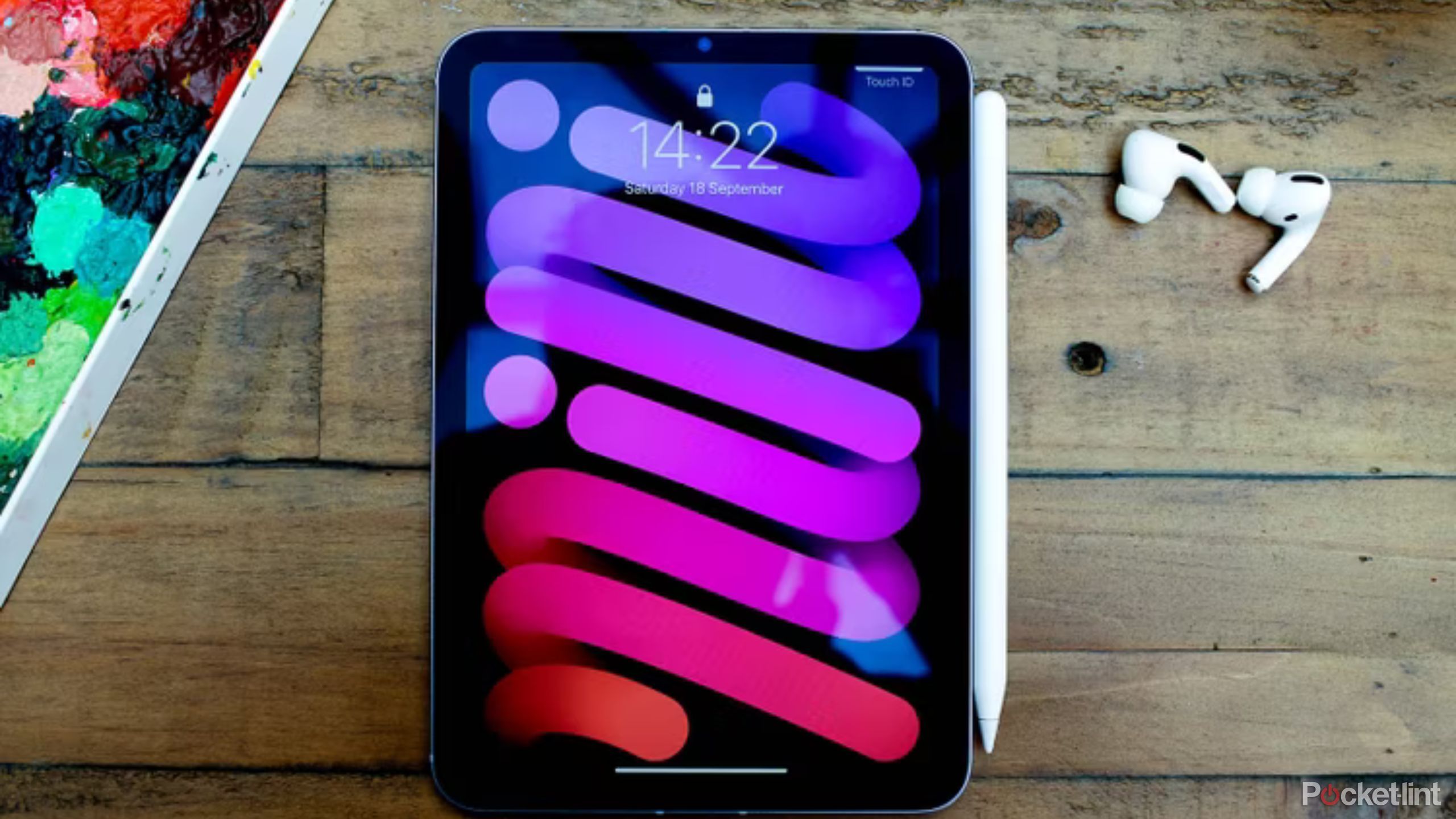 Physical longevity
Physical longevity
In terms of hardware durability, iPads are very long-lasting — many people still have first-generation models that are over 10 years old and still in good working order — so while it’s unlikely there will be many still in working order by the time the device hits its 20th anniversary, it’s not impossible.
Key factors in maintaining ease of use are battery life and Apple support. Lithium-ion batteries inevitably lose capacity over time, especially if they are frequently discharged. This loss becomes noticeable after 2-3 years, and some consider the 5-year mark to be a reason to upgrade (or buy a replacement battery). Whether or not you need to upgrade depends on how often you use your iPad and your willingness to keep the tablet plugged in.
The biggest factors in maintaining ease of use are battery life and Apple support.
Either way, Apple considers any iPad that’s been out of production for more than five years to be “vintage,” and any that’s more than seven years old to be “obsolete.” Once a model becomes obsolete, it’s no longer supported, and Apple won’t repair it or sell parts for it. While third-party repair shops might be able to help, don’t count on them.
Accidents are more common than defects or battery issues that disable iPads. Although Apple has strengthened the glass on the display, it is still susceptible to cracking if hit from a high place or hit head-on against something hard. Similarly, Apple’s obsession with thinness means that the iPad can bend if you stuff it too tightly in a bag or sit on it. If you want to use your iPad for a long time, we strongly recommend buying a sturdy case rather than one that only protects it from surface scratches.
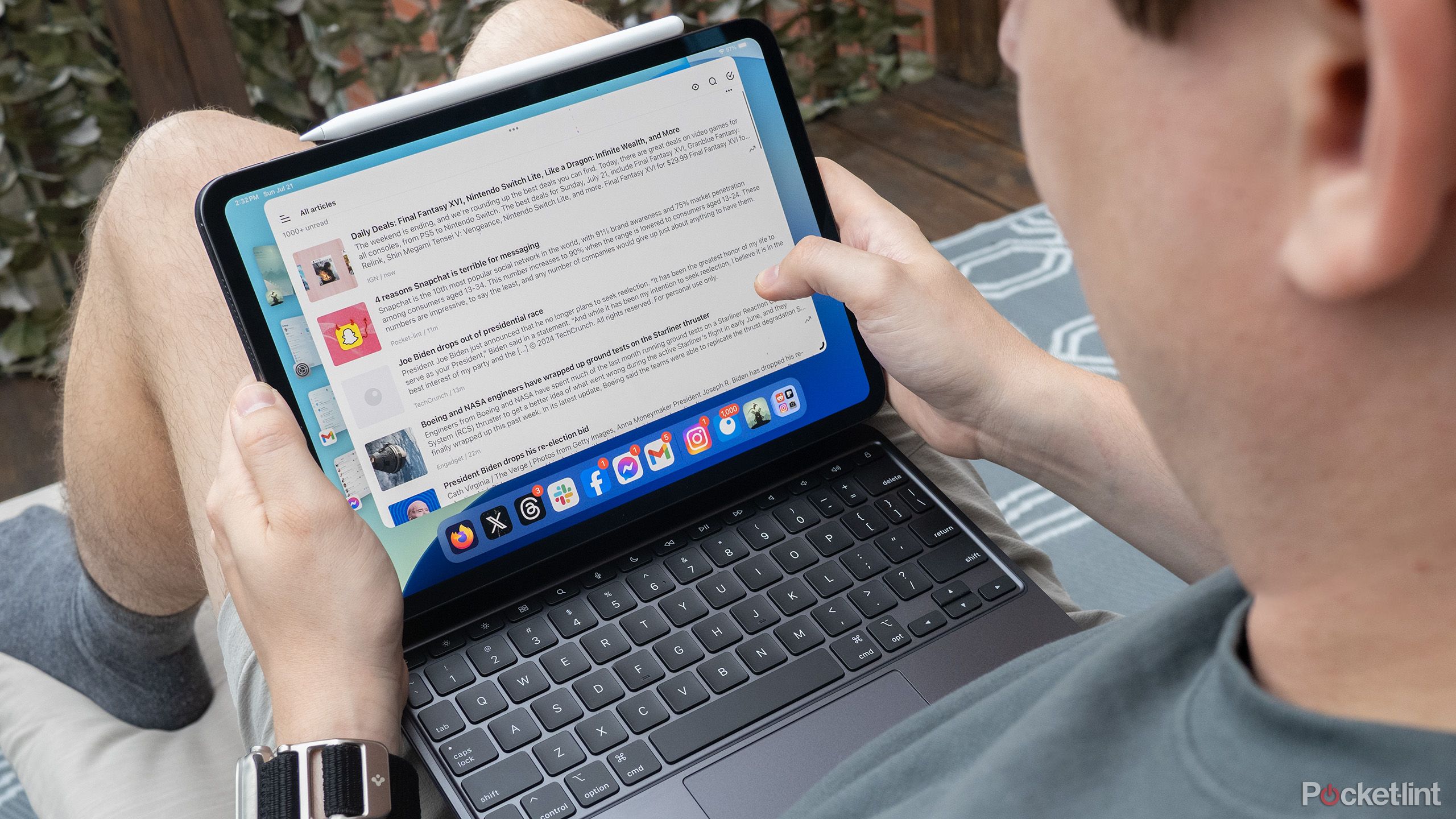
Related
I underestimated nano-textured screens until I tried the M4 iPad Pro outdoors.
I was completely wrong about the nano-texture display technology.
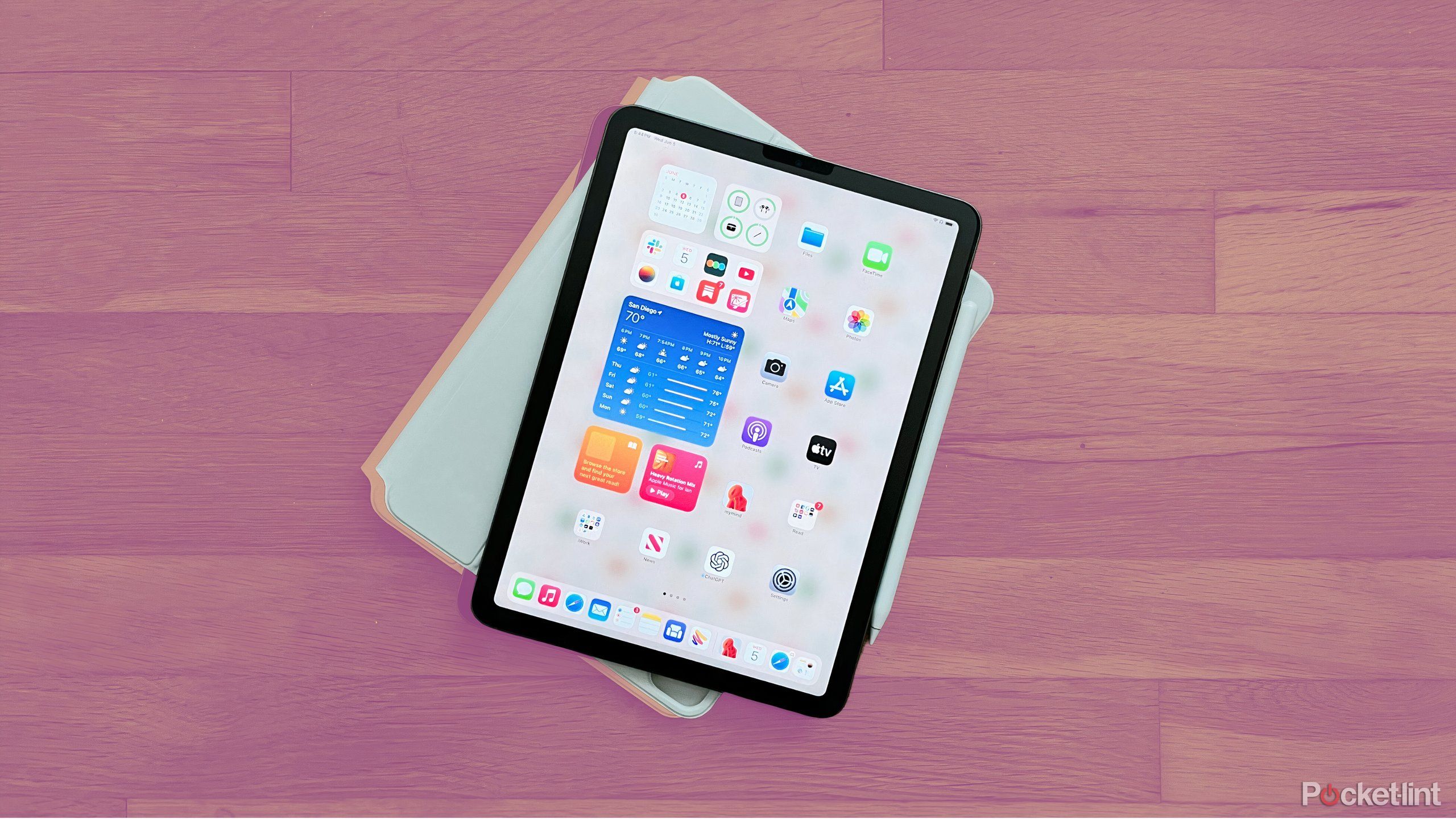 Software and Specifications
Software and Specifications
To Apple’s credit, the company is pretty good at extending OS updates to older products: iPadOS 17 will work on 2017 models, though not all features will be available. And not getting iPadOS 18 doesn’t mean your iPad will suddenly stop working; you’ll just lose access to the latest features and security patches, and some apps may eventually become incompatible.
The push to upgrade is often driven by the demands of iPadOS and third-party apps. New features can slow down your iPad or eat up a lot of storage even if they don’t work. In 2024, a 64GB iPad is often impractical, as iPadOS alone takes up gigabytes of space, not to mention apps, music, and video downloads. On the other hand, if you want to use Stage Manager on an external display or run the most detailed 3D games, you’ll need an iPad with an M-series processor.
A state-of-the-art iPad purchased today should last at least four to five years before it starts to feel outdated.
The good news is that iPads often have by far the best apps available at launch. For example, a 2020 iPad Pro can easily use the latest versions of Chrome, YouTube, Slack, and many office and media creation tools. Assuming this trend continues, a cutting-edge iPad bought today should last at least four to five years before it starts to feel outdated.
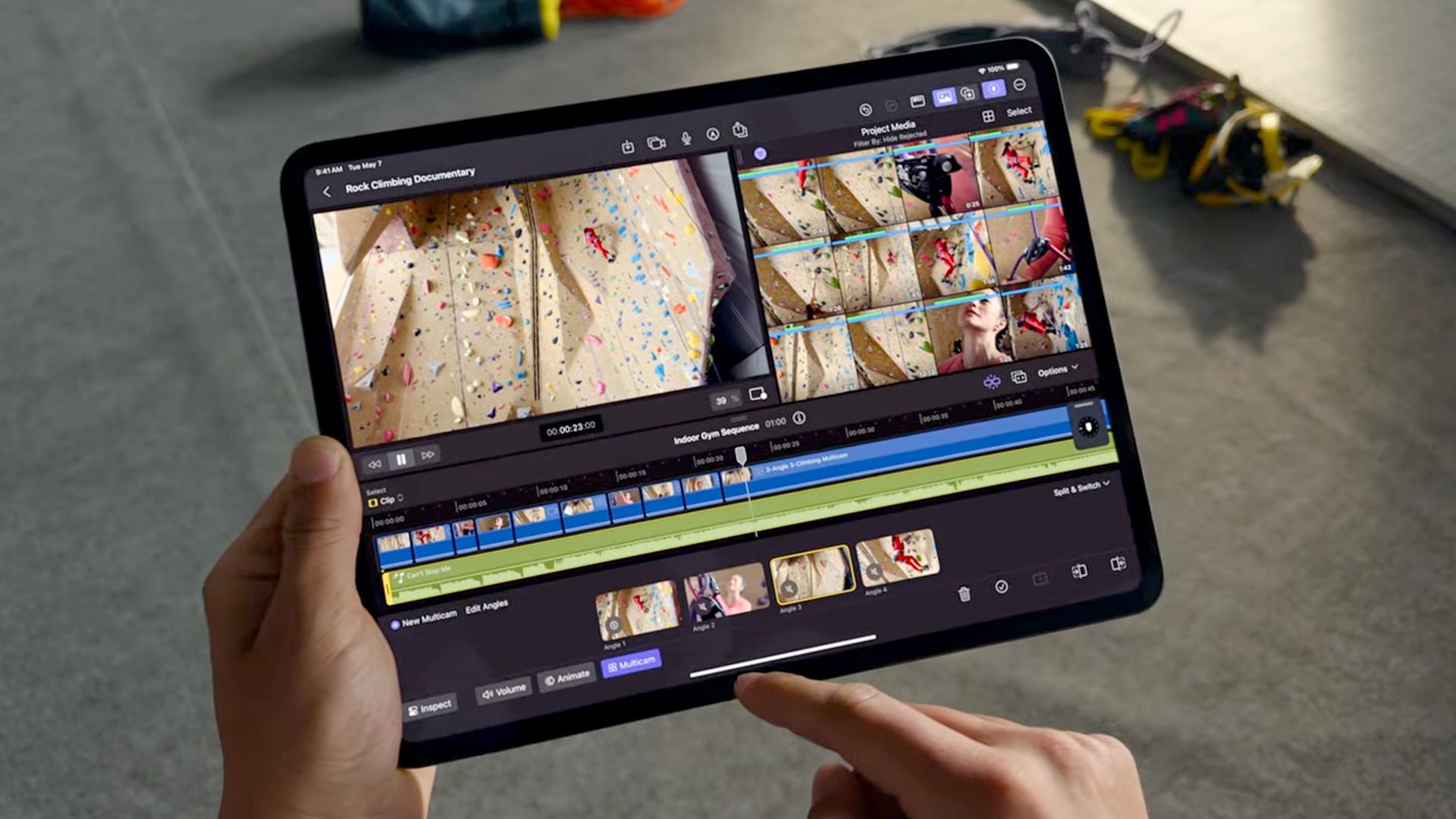 How can you make your iPad last longer?
How can you make your iPad last longer?
First, choose the model and configuration that’s as future-proof as you can within your budget. An entry-level iPad with 64GB might save you money in the short term, but you might end up upgrading sooner than you planned. If you plan on using the tablet as a laptop replacement, an iPad Air with 256GB or more is a good choice. The iPad Pro has the highest specs, so naturally it tends to have the longest lifespan.
Choose the most future-proof model and configuration possible within your budget.
A sturdy case will protect your iPad from scratches and dents, as well as protect against bending and most screen impacts, and a thinner, more stylish case might be fine if you’re careful about how you hold and store your device.
Unless you need to maximize battery life, avoid completely discharging your iPad or charging it to 100% if possible – around 80% is optimal – but iPad batteries are large enough now that you’ll likely want to upgrade for other reasons before the loss of capacity becomes an issue, so don’t worry too much about it.
Either way, it’s best to avoid exposing your iPad to extreme conditions – for example, don’t leave it in the heat of a Texas summer or use it daily in a humid bathroom. You should also avoid cranking the brightness up to maximum unless necessary, as this will use more power and slightly shorten the lifespan of the display.
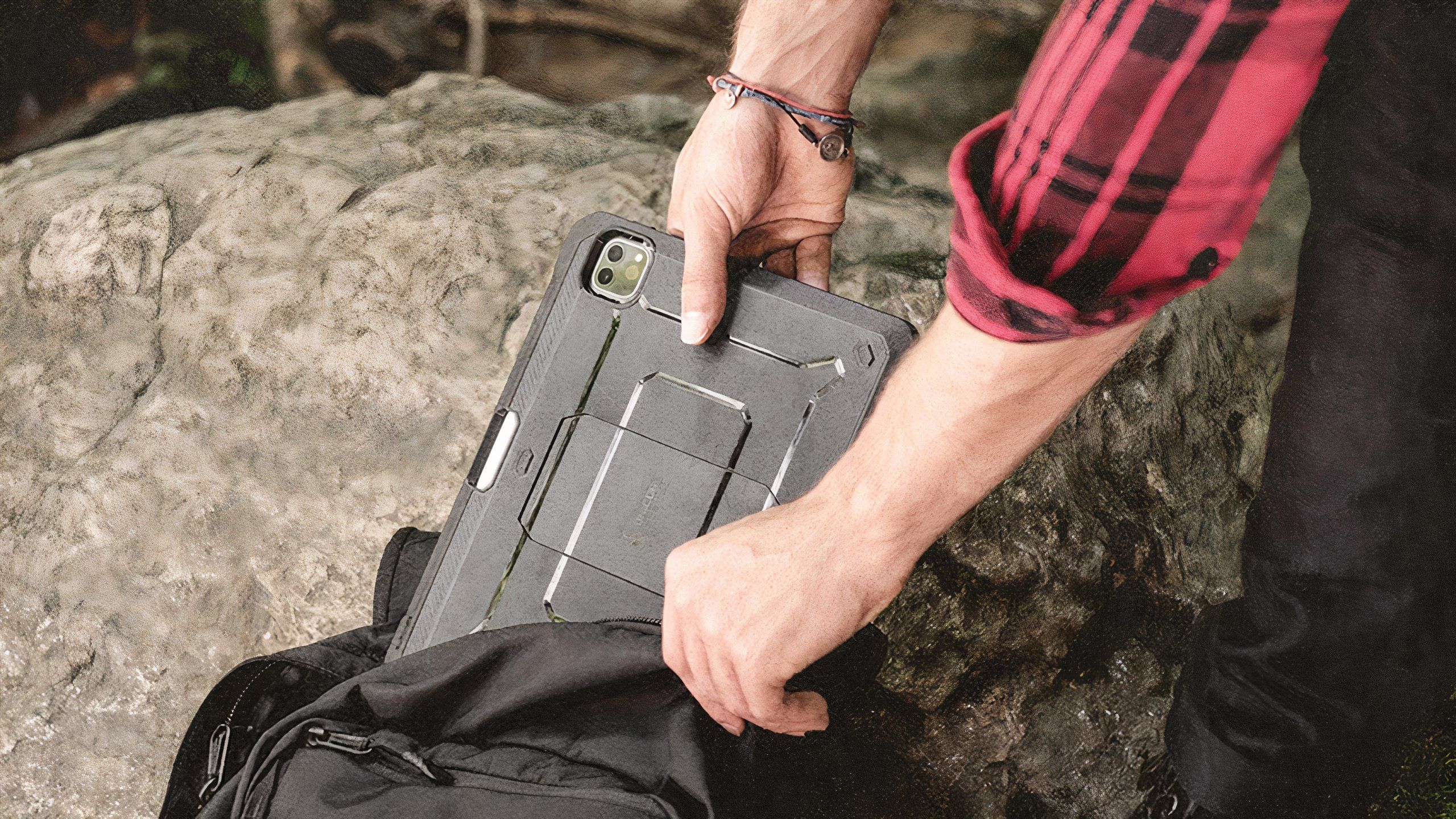
Related
6 Best Cases for iPad Pro
Protect your new iPad Pro with cases from Supcase, Spigen and other top brands

